10 Secrets to Making the Fluffiest Pancakes Ever
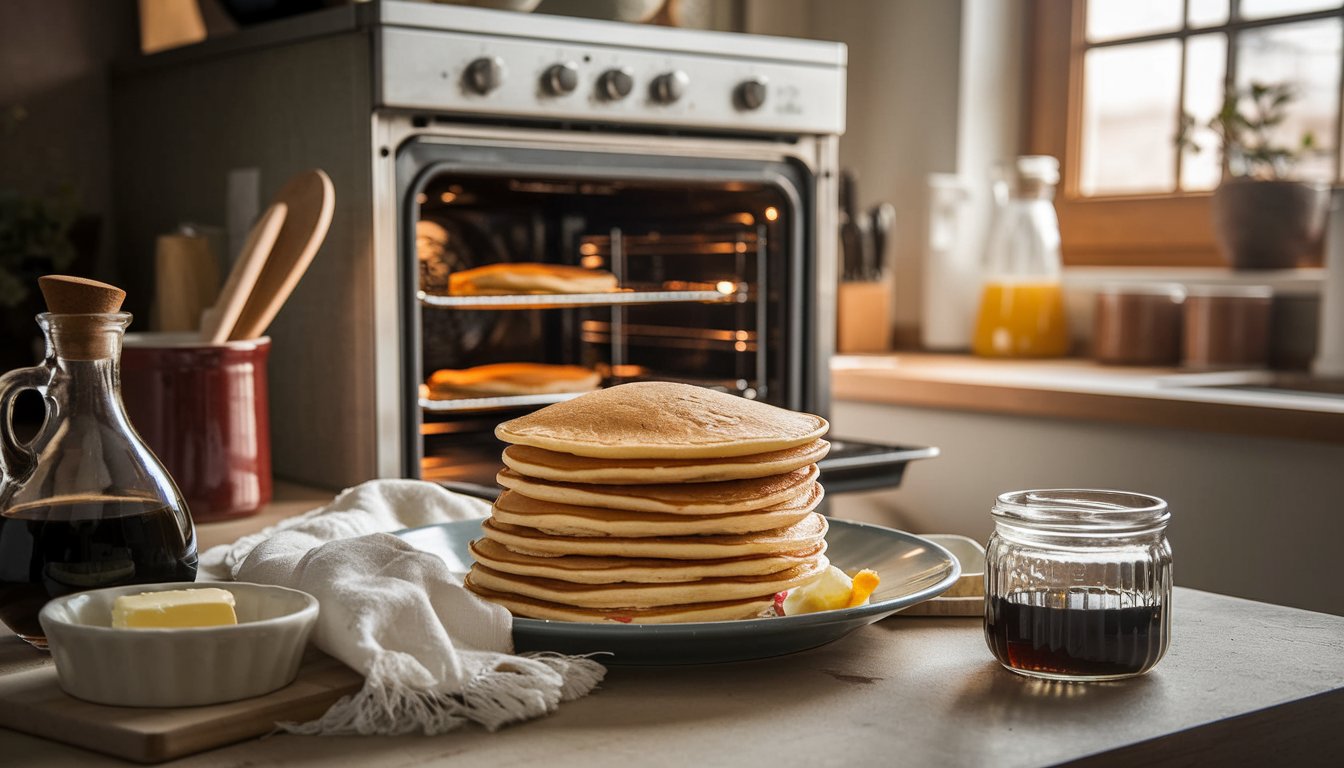
Pancakes are a beloved breakfast staple, but achieving that light, fluffy texture can sometimes feel like a challenge. Whether you’re preparing a comforting weekend breakfast or treating loved ones, mastering the art of pancake-making is easier than you think. By using a few simple techniques and tips, you can consistently create pancakes that are soft, airy, and irresistible. Here are 10 tried-and-tested secrets to help you make the fluffiest pancakes every time, with ingredients and methods that focus on wholesome, enjoyable cooking.
1. Use Fresh Ingredients
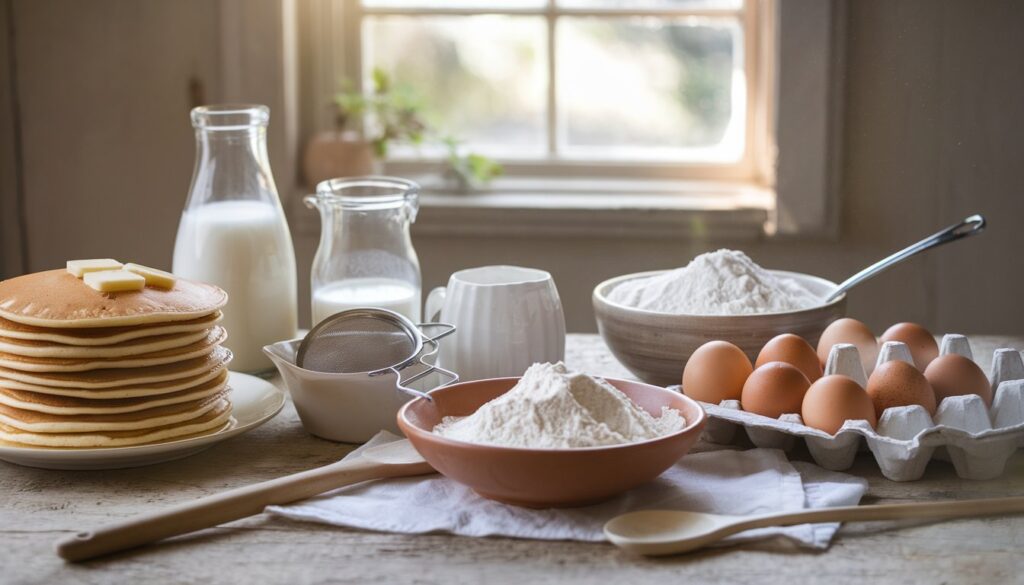
The key to fluffy pancakes starts with fresh ingredients. Baking powder and baking soda are essential for creating lift, but they lose their effectiveness over time. Always check the expiration date and test their reliability by adding a little to warm water. Similarly, ensure your eggs and milk are fresh, as they contribute to the texture and flavor. Fresh flour with a high protein content provides structure while remaining light when sifted. By prioritizing fresh, quality ingredients, you’ll set the foundation for fluffy results.
2. Sift Dry Ingredients
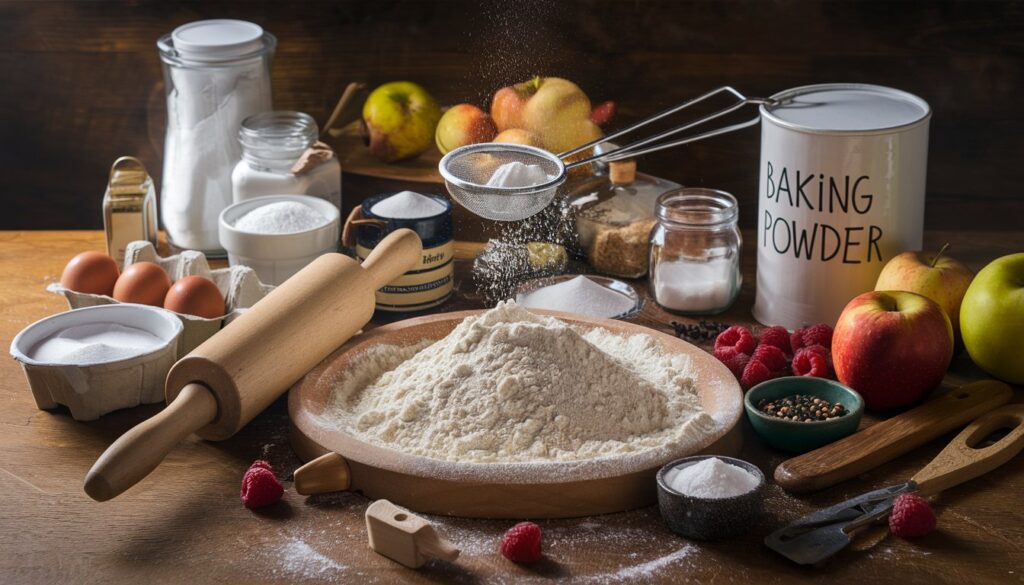
Sifting the flour, baking powder, sugar, and salt before mixing ensures a smooth batter and removes lumps. This process aerates the dry ingredients, helping to create lighter pancakes. Sifting also evenly distributes the leavening agents, ensuring consistent rising. If you’re adding spices like cinnamon or nutmeg, sift them with the other dry ingredients to enhance flavor without weighing down the batter.
3. Separate and Whip the Egg Whites
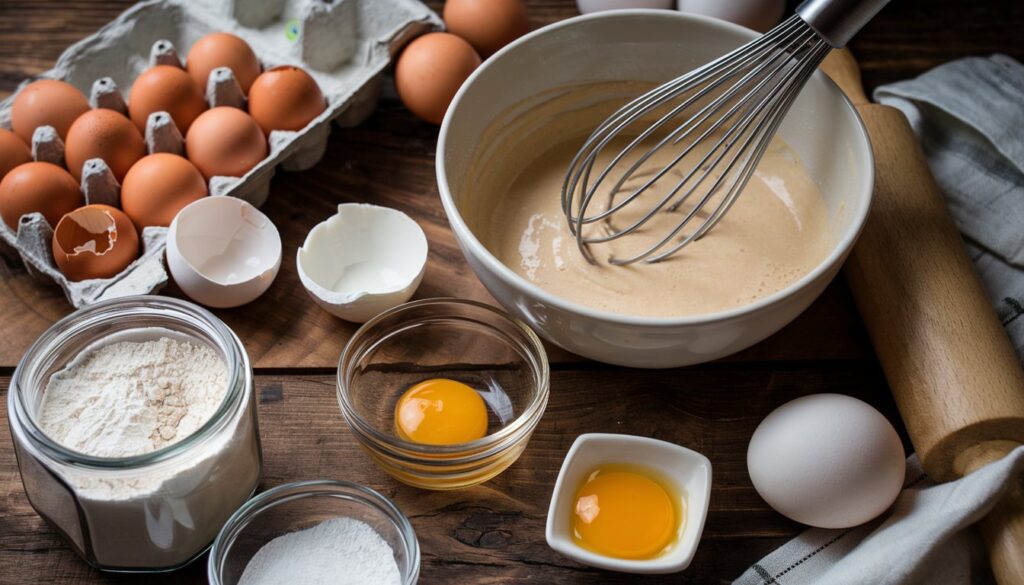
For an extra airy texture, separate your eggs and whip the whites until soft peaks form. Fold the whipped whites gently into the batter just before cooking. This technique adds air to the mixture, making the pancakes rise beautifully on the griddle. The whipped whites act as a natural leavening agent and are particularly effective for those who enjoy thicker, lighter pancakes.
4. Use Buttermilk or a Tangy Substitute
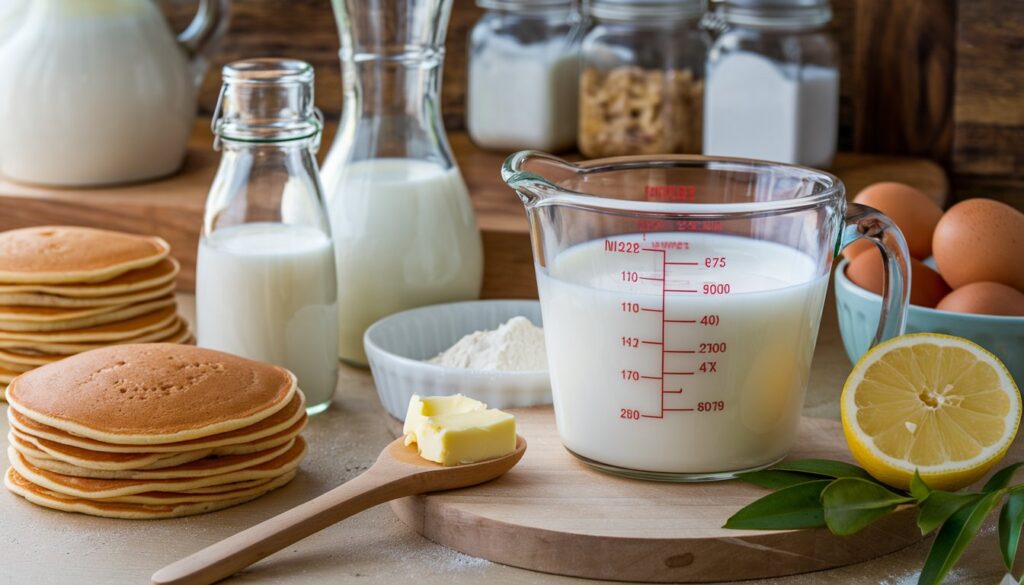
Buttermilk not only adds a subtle tang to pancakes but also reacts with baking soda to create bubbles, resulting in a soft and fluffy texture. If you don’t have buttermilk, make a substitute by mixing milk with a tablespoon of lemon juice or vinegar. Let it sit for 5–10 minutes before using. This tangy liquid enhances the flavor and texture, making pancakes incredibly tender.
5. Don’t Overmix the Batter
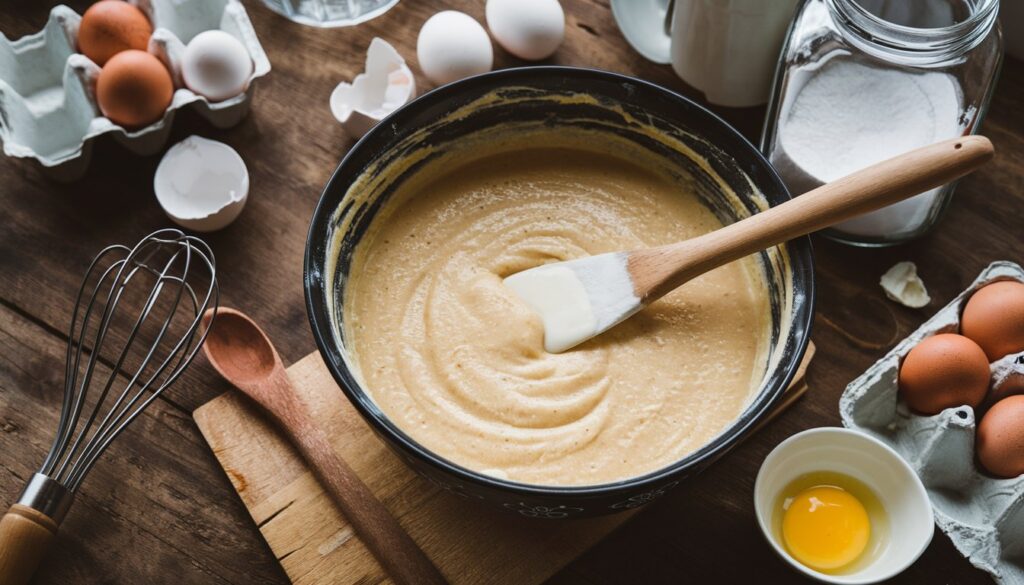
One of the most common mistakes is overmixing the pancake batter. Stir the wet and dry ingredients until just combined; it’s okay if the batter has some lumps. Overmixing develops gluten, which can make pancakes dense and chewy. By gently folding the ingredients together, you’ll preserve the airy structure necessary for soft pancakes.
6. Let the Batter Rest
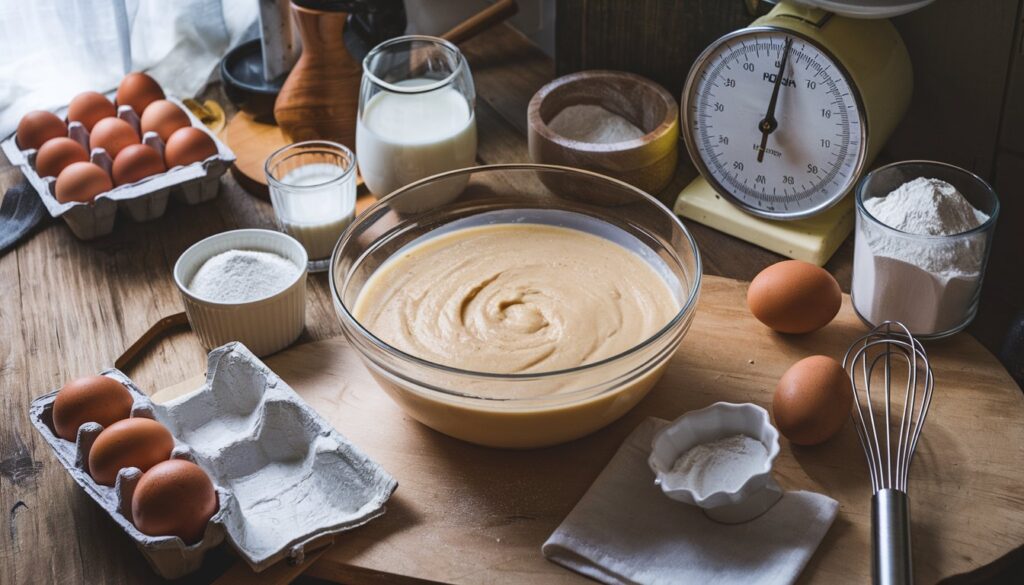
Allow the batter to rest for 10–15 minutes before cooking. This step lets the gluten relax and gives the leavening agents time to activate. As a result, the pancakes cook more evenly and rise better on the griddle. Resting the batter also improves the consistency, making it easier to pour.
7. Preheat Your Griddle or Pan
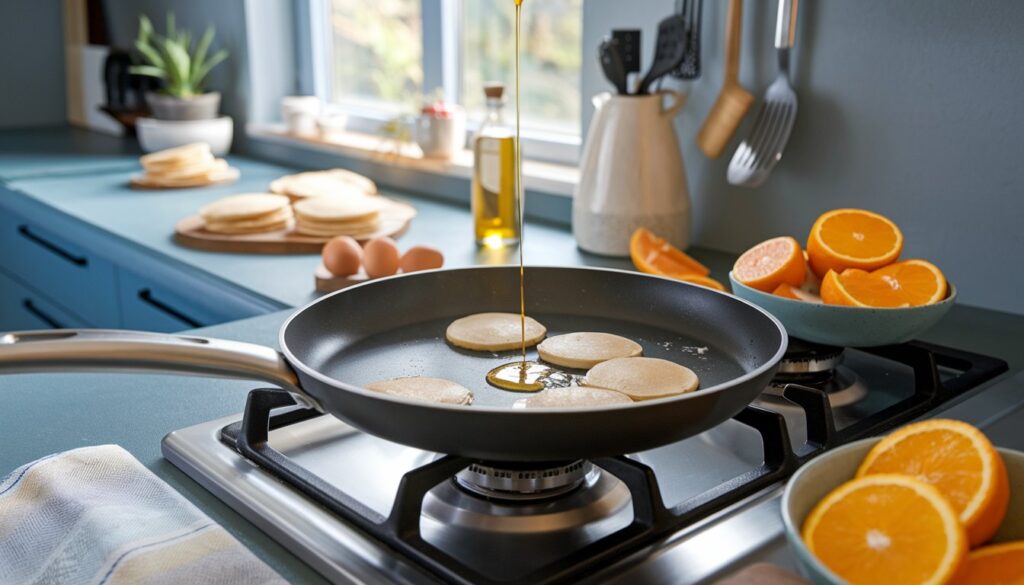
A properly heated griddle or non-stick pan ensures even cooking and prevents sticking. Set the heat to medium-low and allow the surface to preheat for a few minutes. To test if the pan is ready, sprinkle a few drops of water on it; they should sizzle and evaporate quickly. A well-heated surface gives pancakes a golden crust and an evenly cooked center.
8. Cook With a Gentle Hand
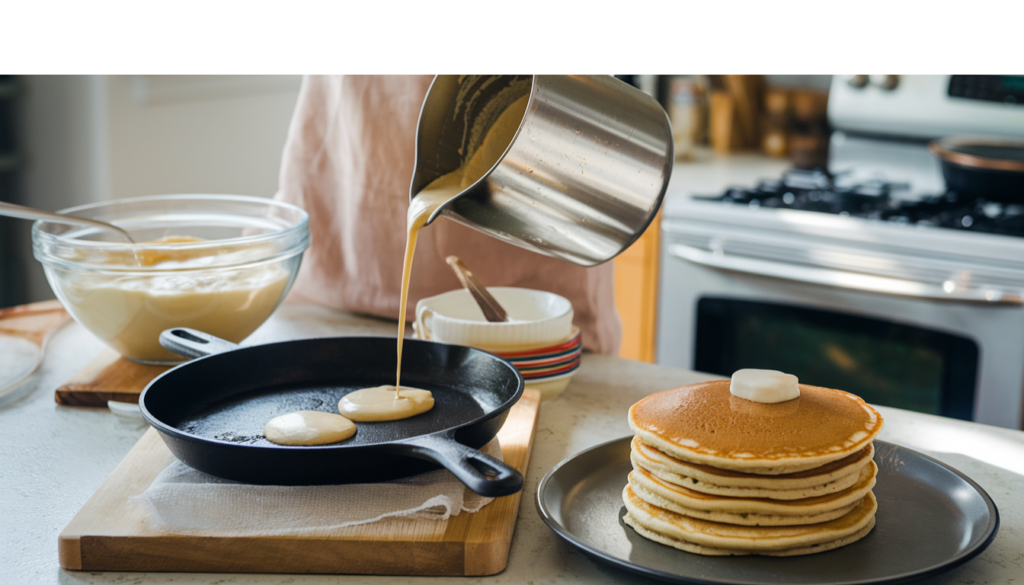
When pouring the batter onto the griddle, use a ladle or measuring cup for uniform sizes. Avoid flattening the pancakes with a spatula, as this can force out the air bubbles responsible for fluffiness. Cook until bubbles appear on the surface and the edges look set before flipping gently. Overcooking can dry out the pancakes, so keep a close eye on the timing.
9. Use a Light Oil or Butter
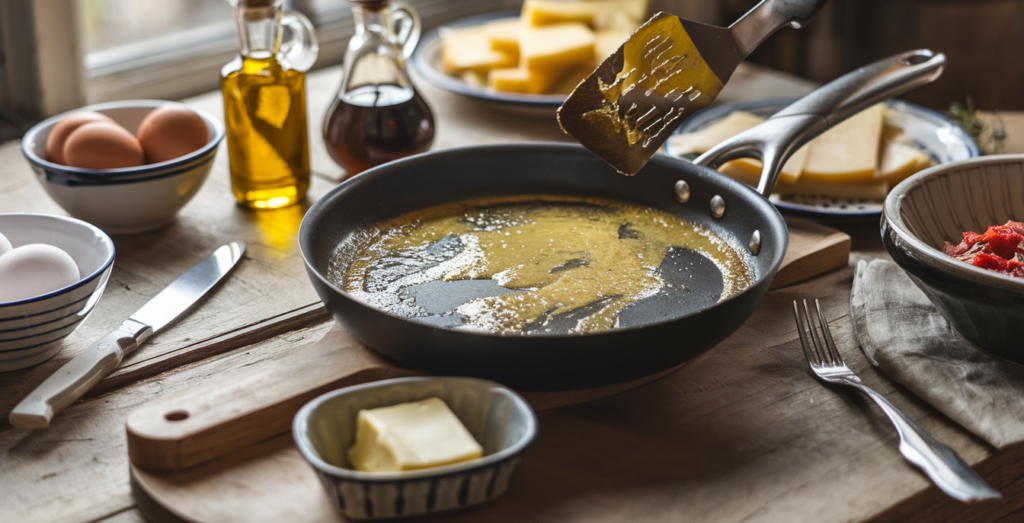
Grease your griddle or pan lightly with oil or butter for the best results. Too much can create uneven cooking, while too little can cause sticking. A thin, even layer ensures golden-brown pancakes with a tender texture. Consider wiping off excess oil with a paper towel before pouring the batter to avoid greasiness.
10. Keep Them Warm and Moist
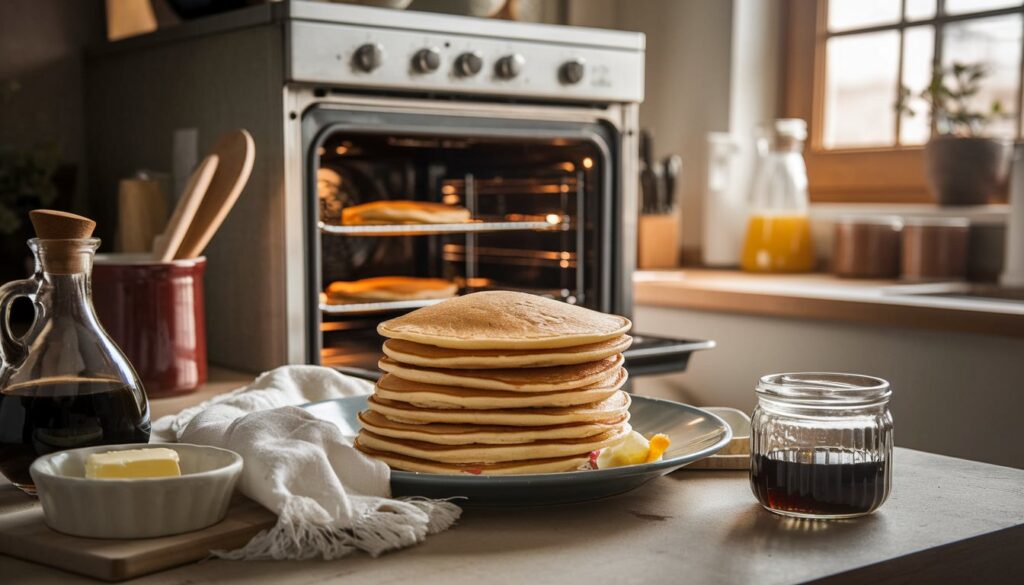
After cooking each pancake, place it on a plate and cover it with a clean towel to retain warmth and moisture. Alternatively, keep the pancakes in a low-temperature oven (about 200°F or 93°C) until all are ready to serve. This step keeps them soft and fluffy while preventing them from drying out, so everyone can enjoy them fresh and warm.
